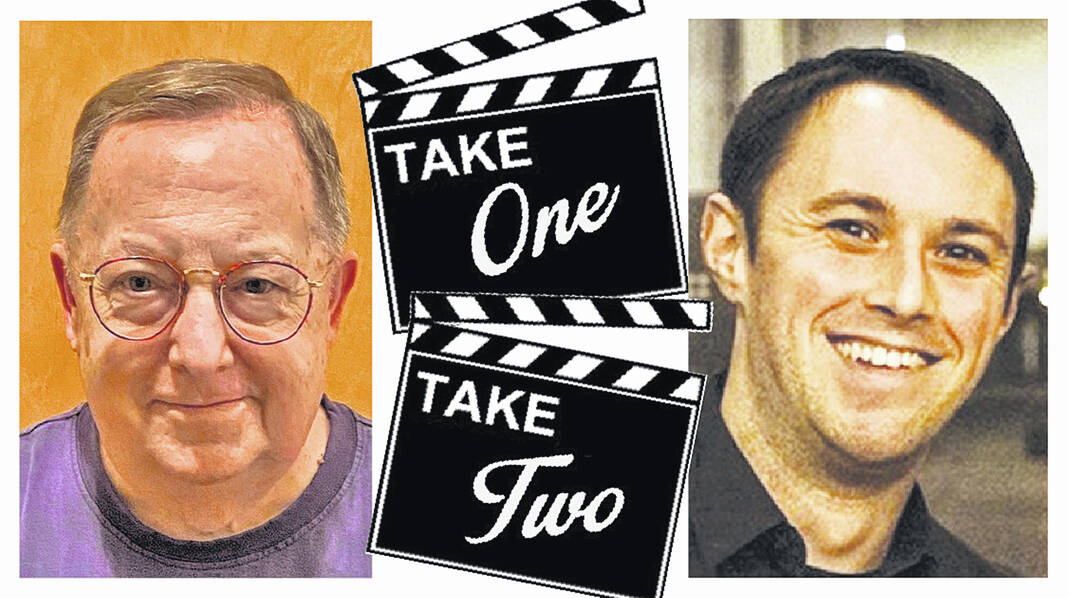
From the gloomy introduction: “Old Marley was dead: to begin with. There is no doubt whatever, about that,” to the jubilant last sentence: “And so, as Tiny Tim observed, God Bless Us Every One!,” Charles Dickens’ immortal novella “A Christmas Carol” has delighted readers for over 175 years. Dickens, who was perpetually in debt, wrote the story in six weeks producing two to four handwritten pages per day with a goose quill pen, black ink, and unlined paper. The 68-page manuscript was presented to the publisher on December 2, 1843, in time for the coming Christmas season. The “Carol” was written in five staves or verses, with a prologue, epilogue, and three acts representing Christmas past, present, and future.
The story itself is often dark and pessimistic, reflecting Dickens’ concern for the welfare of the poor and the working classes in London. Ebenezer Scrooge (a combination of “screw” and “gouge”) represents the worst of the ownership class blithely going about their daily lives with little or no concern for those less fortunate. His answer to the homeless, the workhouse laborers and those incarcerated in debtors prisons who have lost all hope: “If they would rather die, they had better do it, and decrease the surplus population.” Only through the efforts of three Christmas spirits does Scrooge gain reflection, realization, and redemption.
There have been countless cinematic versions, below are a few of our favorites.
Take One
The definitive adaptation of Dickens’ tale is 1951’s “A Christmas Carol” (released as “Scrooge” in England) starring Alistair Sim. Shot in black-and-white, the film has the look and feel of a film noir picture, which adds harrowing insight to the character and life of Ebenezer Scrooge. The film deliciously replicates Dickens’ dialogue when Scrooge describes his disbelief in the ghostly presence of his former business partner, Jacob Marley, who warns Scrooge what will befall him if he does not change his ways, “…you may be a bit of undigested beef, a blot of mustard, a crumb of cheese, a fragment of an underdone potato.” This all-British production is painstakingly faithful to Dickens’ novella.
There have been many attempts to use animation to tell “A Christmas Carol”, some starring the likes of Mickey Mouse, Mr. Magoo, the Flintstones, or Bugs Bunny and Daffy Duck. But the best of the lot is Disney’s 2009 version starring Jim Carrey as Scrooge and directed by Robert Zemeckis. Using real actors and motion-capture technology, the computer-generated animation is breathtaking and the special effects match what may have been in Dickens’ mind as he drafted the story. Aided by a memorable musical score and the talented supporting cast of Gary Oldman, Robin Wright, Colin Firth, and Bob Hoskins (each plays multiple roles), this film is a great way to introduce a family member of any age to Dickens’ classic allegory.
Take Two
Although it maintains its detractors, the 1938 version of “A Christmas Carol” is still splendid in every way. Completely Hollywoodified when compared to Dickens’ original text, this MGM production expressly eliminates the darker elements: Scrooge’s estranged fiancé, the more lurid descriptions of the Ghost of Christmas Past, and a total upending of the more nuanced, ambivalent ending that Dickens intended. What replaces the missing elements is wholesome family fun, which remains luminous to this day. Primarily a vehicle for Reginald Owen (a late substitute for Lionel Barrymore) to flaunt his well-furrowed eyebrows, the film accrues much of its charm from marvelous performances by real-life couple Gene and Kathleen Lockhart as the Cratchits. Best to pull it off the shelf on particularly bleak years when a dose of unchecked optimism will still deliver Christmas cheer.
Not to disagree with my writing colleague in Take One, but the 1984 British television version of “A Christmas Carol” is actually the definitive version. Trust me! George C. Scott brings his larger than life charisma to the role of Scrooge, and is joined by a veritable cast of British character actors who all match his energy. This rendition also has the virtue of faithfulness to Dickens’ text, relishing in ghastly makeup and costume design that doesn’t shy from the darker elements. And, it’s in color! That makes it all the more sumptuous when the set design is this lush and meticulous.
I’ll soften a bit and say that my film companion is correct as well… both the 1951 and the 1984 are excellent adaptations. But then again, so are the many adaptations of Dickens’ story. Perhaps the fact that we still today find joy and meaning in this story is the mark of a great work of art: it connects with audiences across generations and interpretations. Together we say to all adaptations of “A Christmas Carol”: God Bless Them, Every One.

